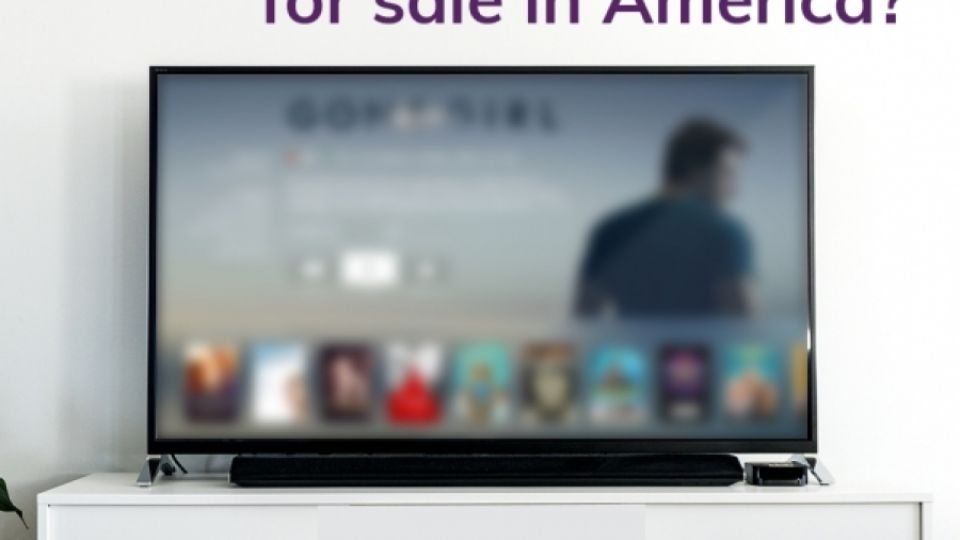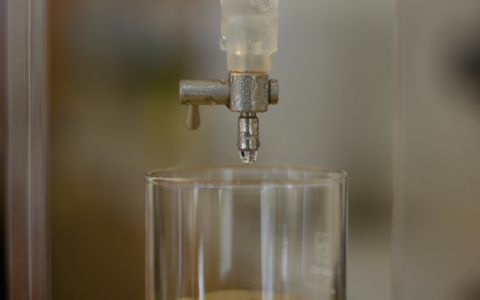A coalition of environmental health advocacy groups today released new research revealing hazardous and outdated flame retardant chemicals contained in streaming televisions from Best Buy and Amazon. The investigation, Toxic TV Binge, uncovered flame retardants in the plastic components of six state-of-the-art TVs under the Toshiba and Insignia brands and developed in partnership with Best Buy and Amazon. The European Union recently banned all organohalogen flame retardants in electronics displays, including TVs.
All six TVs examined for Toxic TV Binge — three Best Buy Insignia Roku TVs and three Toshiba (Hisense) Fire TVs produced in partnership with Amazon — were found to contain organohalogens, the worst class of flame retardants. The Insignia TVs also contained deca-BDE, an organohalogen flame retardant that is banned in five states — its Washington State purchase location as well as Maryland, Maine, Oregon, and Vermont. Levels of deca-BDE were above Washington’s enforcement limits in one TV. In 2017, the U.S. Consumer Product Safety Commission (CPSC) issued a warning to manufacturers and retailers, urging them to “eliminate the use” of organohalogen flame retardants in electronics such as TVs.
Organohalogen flame retardants are of concern because of their toxicity. Many are linked to cancer, harm to the nervous system, hormone disruption, and other health problems. Additionally, the chemicals often leak from plastic TV casings into the air and dust of our homes and can make it into the bodies of our families and pets.
“Why are Best Buy and Amazon allowing these dangerous, old-school flame retardants to be used in televisions that are supposed to be top-of-the-line? Organohalogen flame retardant chemicals are so problematic that they were just outlawed in Europe. Safer alternatives exist, so organohalogen flame retardants have no place in our homes in 2019. These major retailers must step up and eliminate these dangerous chemicals once and for all,” said Mike Schade, Mind the Store campaign director of Safer Chemicals, Healthy Families.
“The mentioned Deca-BDE in new electronics has been banned in the Czech Republic and the European Union since 2008. At the same time, the signatories of the Stockholm Convention on POPs have also adopted a ban on this substance at a global level. Unfortunately, the US has not joined this policy, so they can be used completely unrestricted in electronics purchased from the US market,” explains Karolína Brabcová from Arnika, a Czech environmental NGO.
Flame retardants have historically been added or applied to materials in order to slow or prevent the start or growth of fire. However, since independent research revealed flame retardants escape products and are linked to cancer and other health problems, consumer demand has led manufacturers to phase out their use in other products such as laptop computers. Peer-reviewed data shows that when used in plastic television casings, flame retardants escape the plastic and migrate into household dust or air, becoming pollutants in our homes.
“When a family sits down in front of the TV to relax, the last thing they are considering is possible toxic chemical exposure from their latest electronics purchase,” said Erika Schreder, science director with Toxic-Free Future. “Manufacturers and retailers should heed the warning of CPSC and provide their customers peace of mind that they’re not exposing their families to harmful chemicals.”
Research also shows that flame retardant exposure has become a workplace health and environmental problem, particularly when linked to e-waste recycling. The vast majority of the 44 million tons of e-waste produced globally each year is dumped, traded, or improperly recycled. Workers in this growing industry, including children, face myriad health risks due to the presence of toxic chemicals contained in e-waste, including flame retardants. Research has found flame retardants in dust at e-waste recycling facilities at levels hundreds of times greater than levels found in American homes.
In 2017 and 2018, Best Buy and Amazon respectively launched safer chemicals policies to restrict harmful chemicals in the products they sell. However, neither company has restricted the class of organohalogen flame retardants in private-label or brand-name televisions they sell, even after Best Buy received a letter from more than 50 consumer and public health organizations calling on them to do so. In response, consumer health organizations today launched a petition urging Best Buy, the nation’s top electronics retailer, to act to eliminate flame retardants from its products entirely. Also today, advocates sent a letter to Amazon urging the company to take action on hazardous flame retardants in TVs.
To learn more about the report findings and to find best practices and recommendations for retailers, manufacturers, and policymakers on how to protect consumers from flame retardants in TVs, download Toxic TV Binge. The report was co-published by Toxic-Free Future and Safer Chemicals Healthy Families’ Mind the Store campaign.
ABOUT SAFER CHEMICALS HEALTHY FAMILIES
Safer Chemicals, Healthy Families fights for strong chemical policy, works with retailers to phase out hazardous chemicals and transform the marketplace, and educates the public about ways to protect our families from toxic chemicals. The group’s Mind the Store campaign challenges the largest retailers to eliminate toxic chemicals in products and packaging and develop comprehensive safer chemicals policies.
www.SaferChemicals.org
ABOUT TOXIC-FREE FUTURE
Toxic-Free Future fights for strong health protections for people and the environment, using the powerful combination of science, advocacy, and grassroots organizing.
www.ToxicFreeFuture.org







